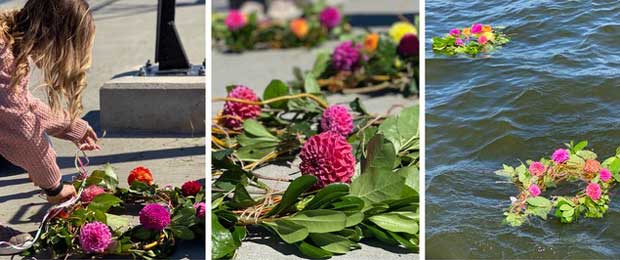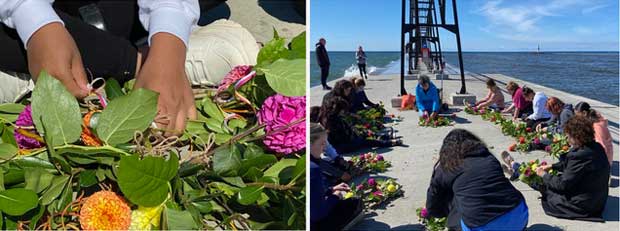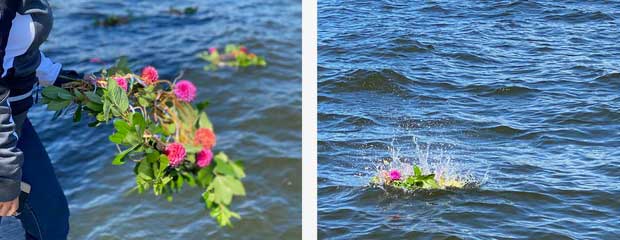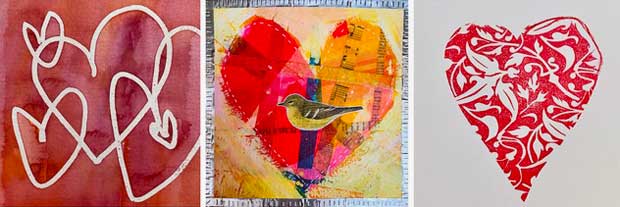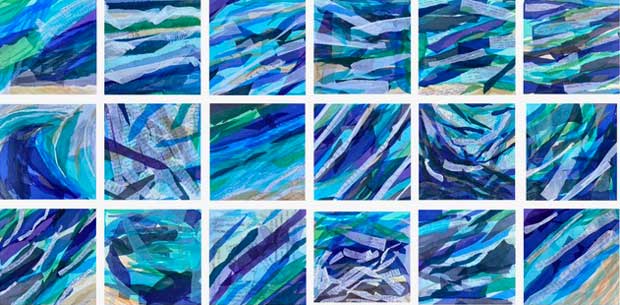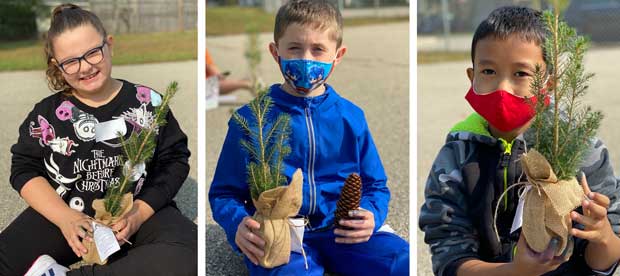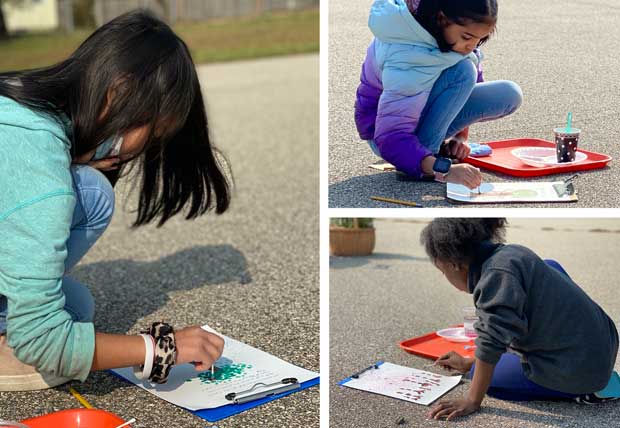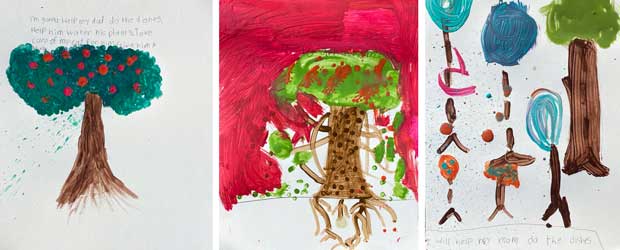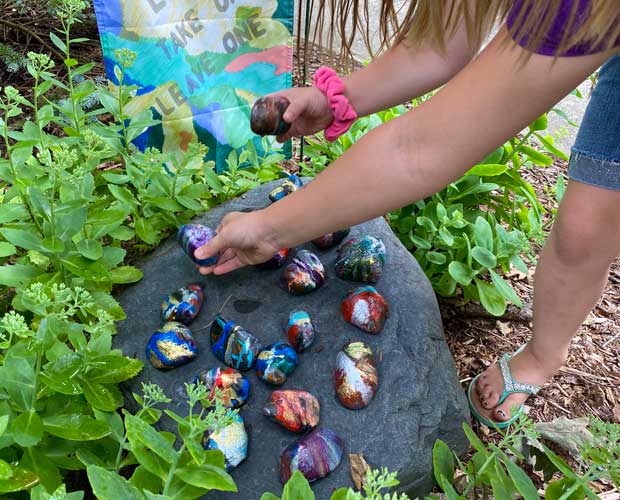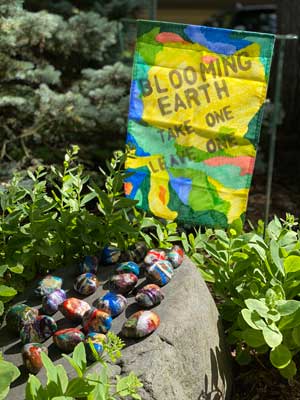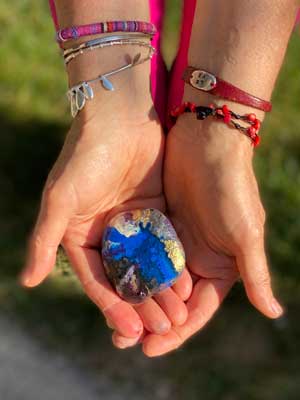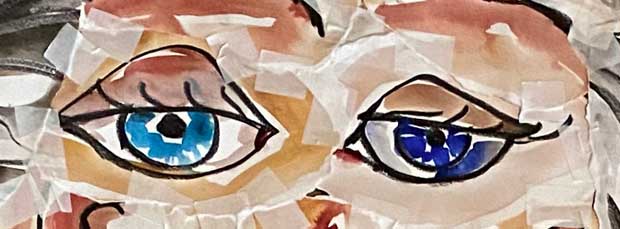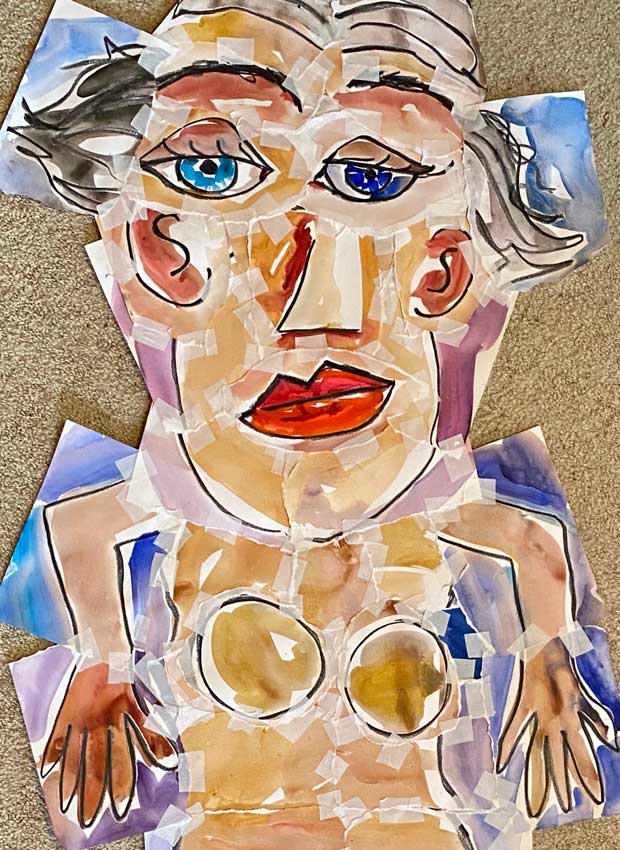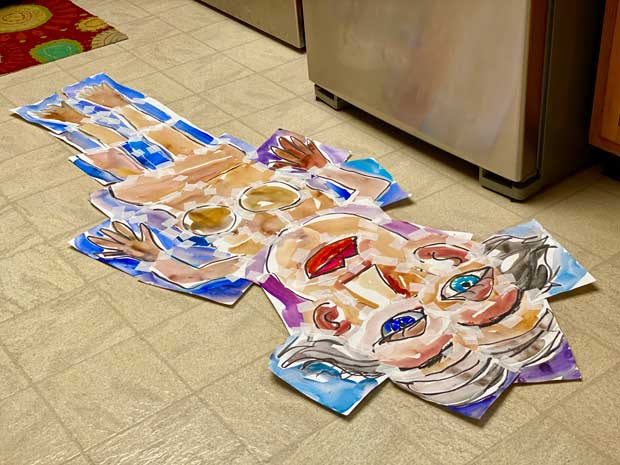Why My Friend Draws
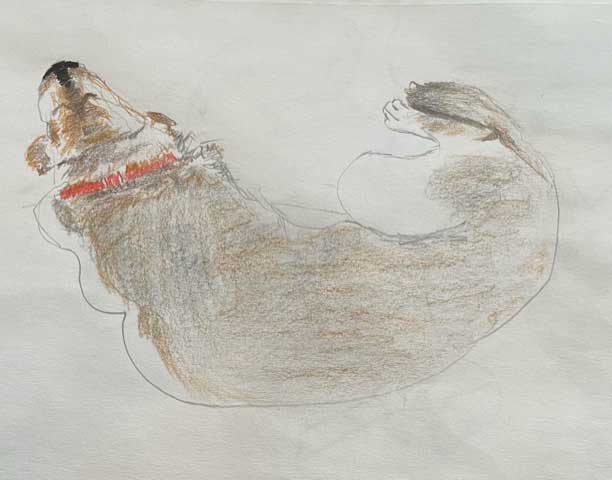
My dear friend, Priscilla, lives across the country from me. But sometimes, we exercise “together”—via headsets and smartphones—while she walks her pup in her neighborhood on the East Coast, and I amble through my neighborhood in the Midwest. Recently, while talking on one of our walks, Priscilla texted me one of her first watercolor drawings of her dog.
Her initial work delighted me. Surprisingly, she had already started to develop her own unique visual language as a beginner artist. I texted back a few suggestions for watercolor paper, brushes, and a bit about color theory.
A few days later, Priscilla emailed her vignette on why she appreciates drawing. So, I asked if I could share her lovely painting and prose. She agreed.
Why I Want to Draw by Priscilla Fox
I lose myself when I draw. It’s fun to completely focus on getting that dog ear right, or the wrinkled, worried brow that is so much a part of my pup’s expression. I love learning new things and honing new skills. Drawing helps me be a better observer of the world around me. I love spending time with friends who also want to learn to draw. We speak the same language! One is fluent and is patiently teaching me and my other friend. We laugh a lot and share stories and encourage one another. So, in one way, drawing is as much about friendship as anything, and that is a good thing.
Drawing helps me be present. If I am thinking about what I need to do when I get home, I can’t draw. It just doesn’t work to be preoccupied! I have notecards with this saying on them: “Every day is a gift. That’s why it’s called The Present.” In this way, drawing nourishes my soul.
When I draw, I am learning to focus on what I see, not what I assume to be there. Just because a coffee cup has a circular opening at the top doesn’t mean that’s the way it looks if you really look at it. I have to leave my preconceived ideas at the door before I pick up my pen. This also is a good thing to bring into the rest of life. Drawing reminds me to leave my prejudices behind.
My four adult children often tease me about making everything in life a children’s story. There is an ant on the counter that is “scouting for food for his family,” or there is “one lonely piece of pie left that is feeling unloved.” I have stories written that need pictures. Maybe, just maybe, I will be able to draw pictures to go with my stories. Meanwhile, I’ll enjoy the process of learning to draw—and everything else it is teaching me.

